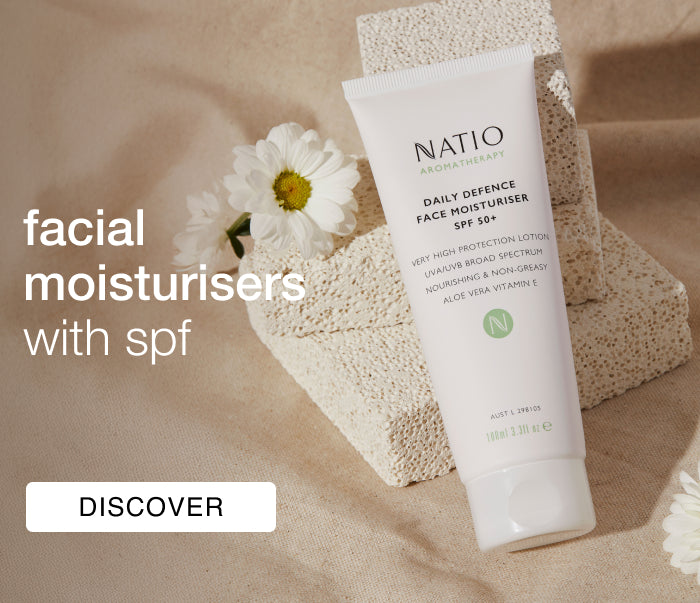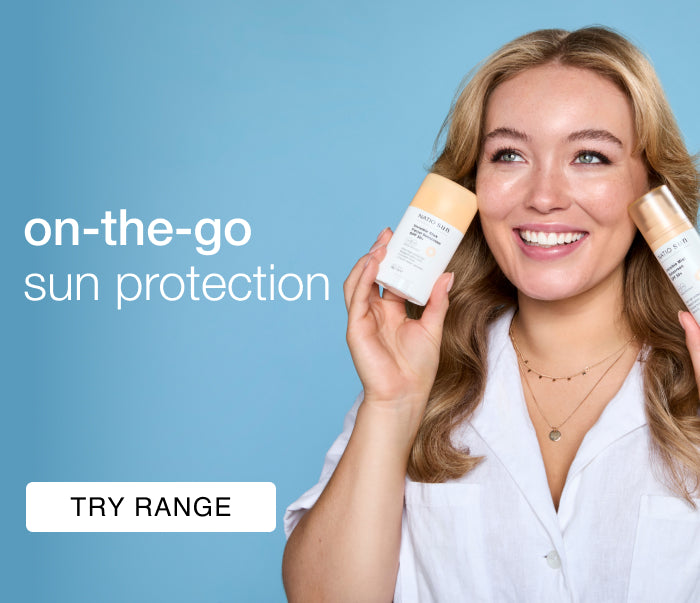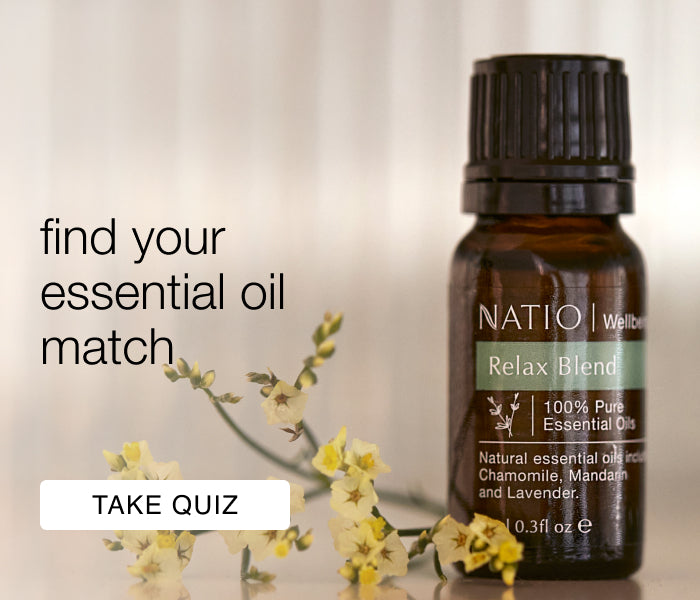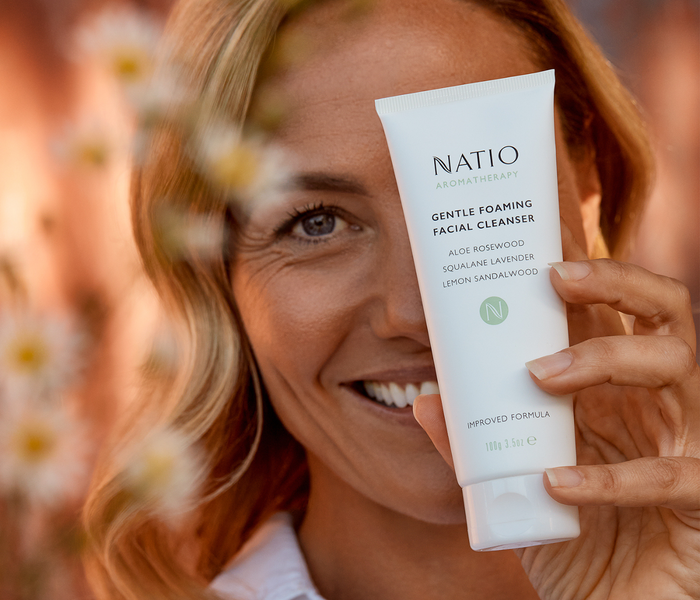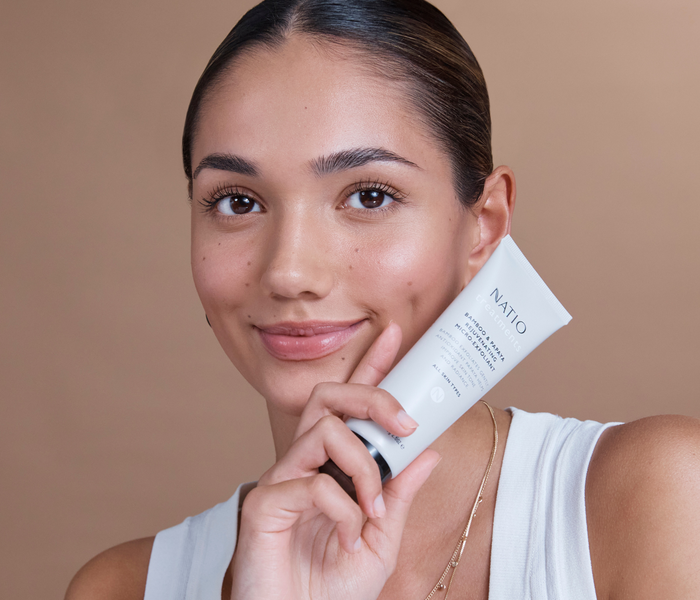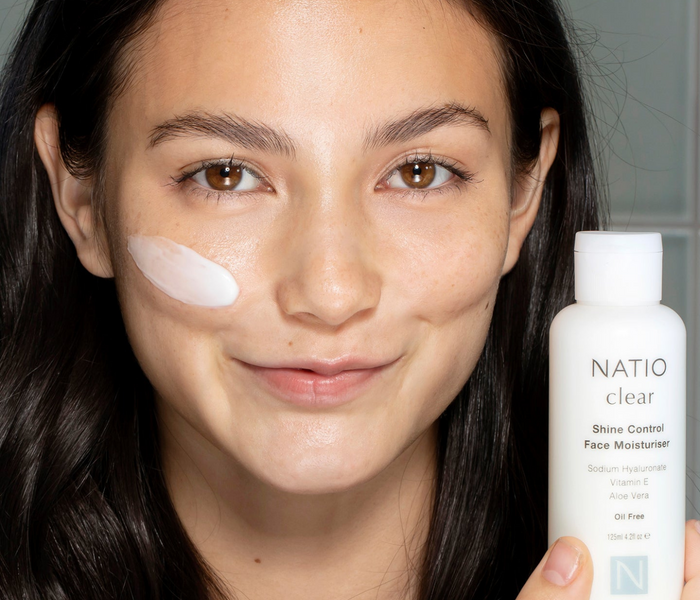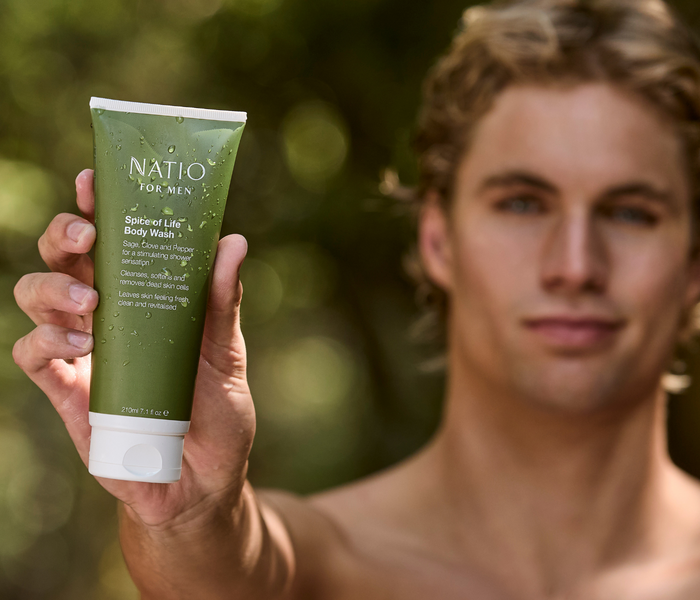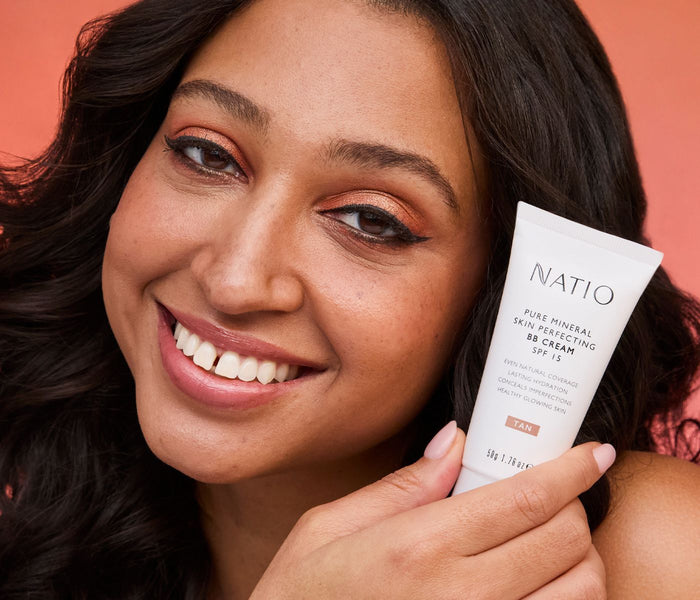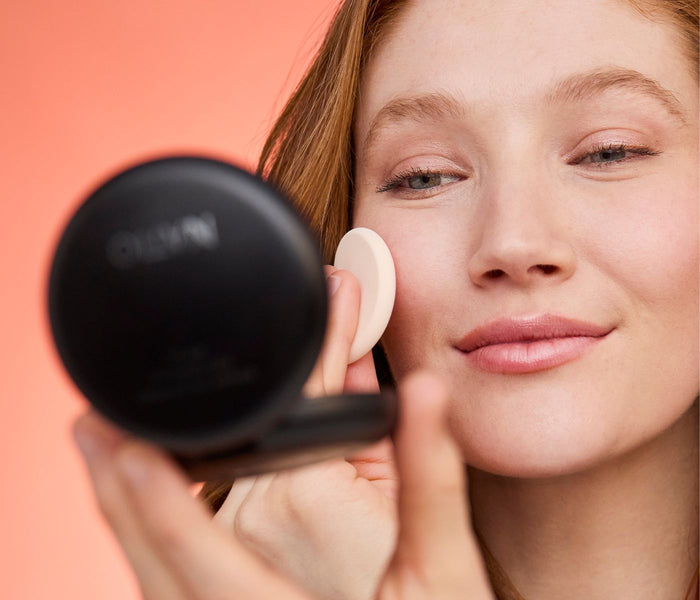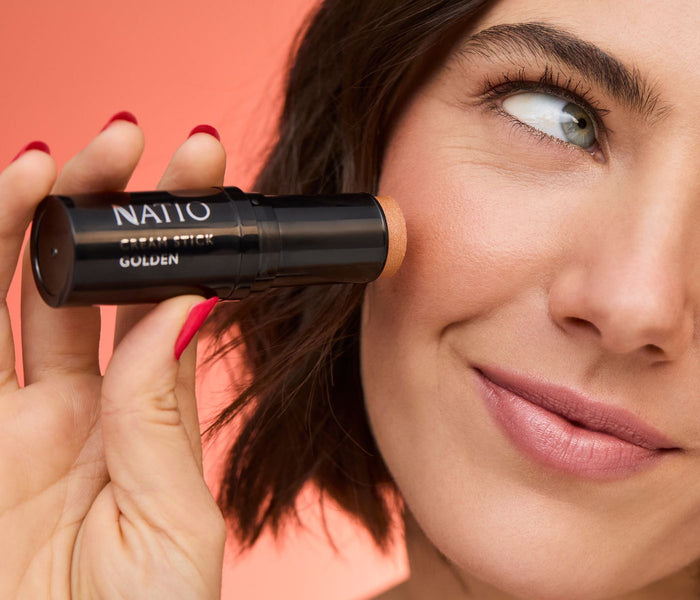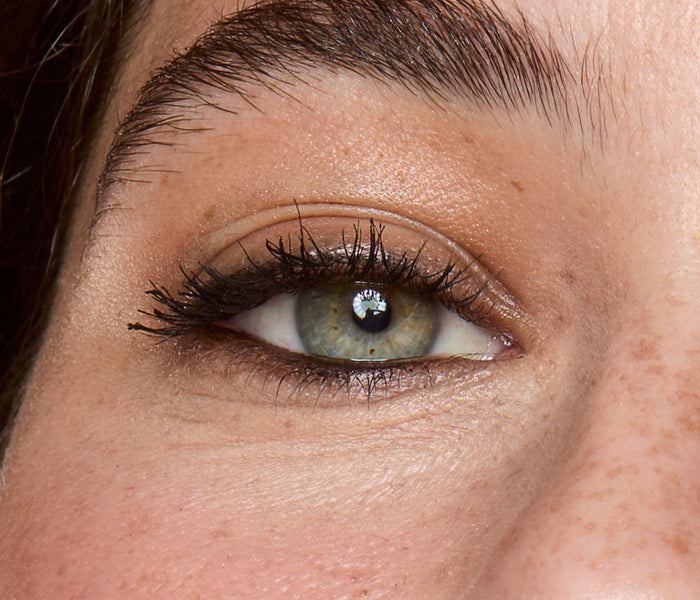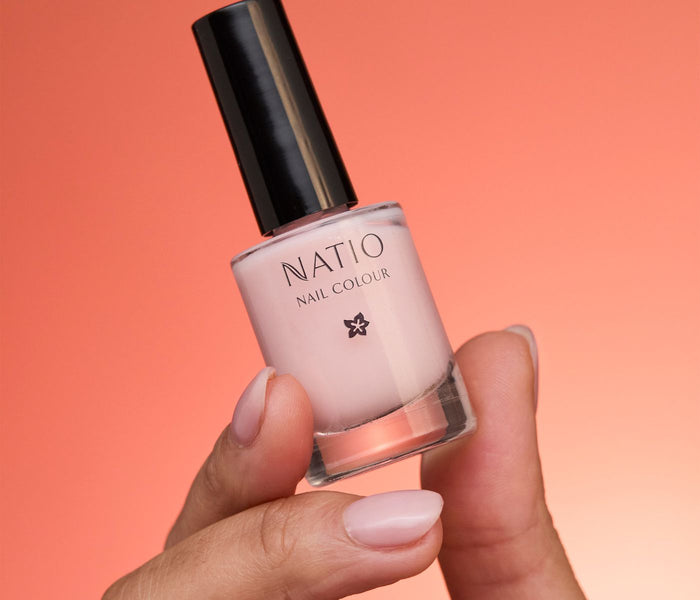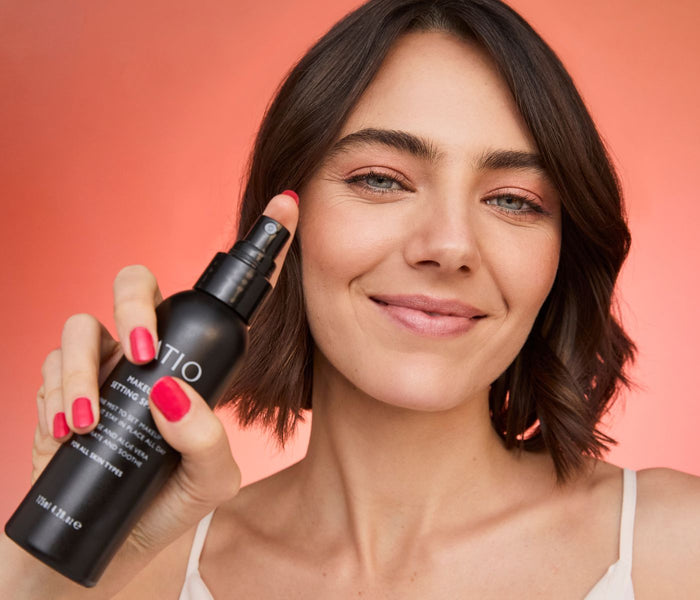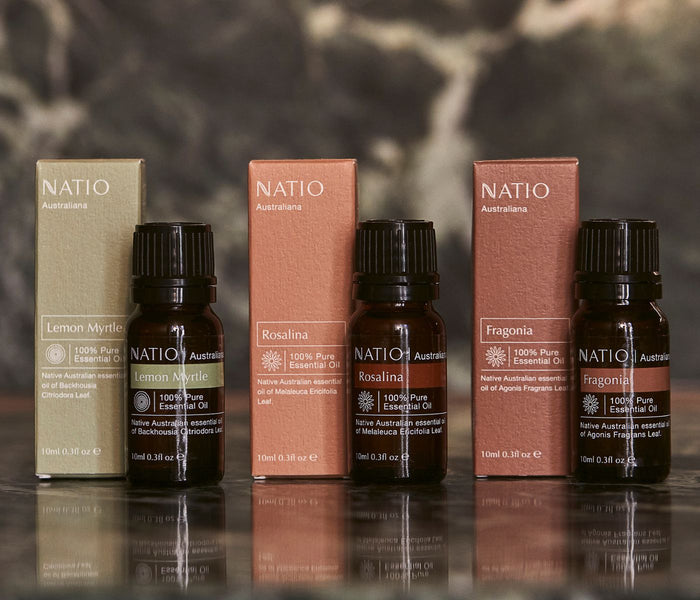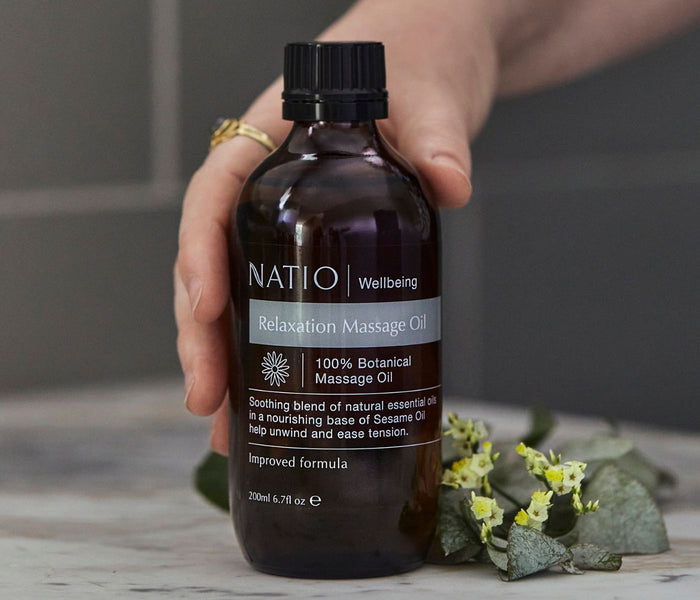

The Benefits of Traditional Sunscreen
Regardless of whether you prefer a traditional or physical sunscreen, SPF is a paramount protector of skin from the sun's rays. To help clarify some of the vast information out there, and debunk some of the mistruths, here are some key facts to keep in mind when selecting your sun protection.
Traditional Sunscreen
This sunscreen works as a sponge, absorbing the sun’s UVA/UVB rays, converting the rays into heat, and releasing them from the body. Many active chemical compounds work together to create the sponge effect. Traditional sunscreens penetrate the epidermis and dermis. This formulation is easier to rub into skin without leaving a white residue.
The Natio Sun collection has seven traditional sunscreen options to choose from, offering very high broad-spectrum protection with a lightweight feel.

Traditional Sunscreens – Top questions answered
How does a traditional sunscreen work?
It absorbs UV rays like a sponge, converting them into heat before they can cause damage.
How soon can you go into the sun after application?
Around 20 minutes after application as a general guide.
How often do you need to re-apply?
Every 2 hours and after every swim, towel dry or heavy sweating.
What makes traditional sunscreen a great everyday option?
They blend smoothly into skin, feel light and comfortable, and don’t leave a white cast.
How can I best protect my skin from the damaging effects of the sun?
Sunscreens are only one component of sun protection. For the best result, always read the label and follow the directions for use. Avoid prolonged high-risk sun exposure, and follow the SunSmart guidelines: Slip on protective clothing, Slop on an SPF 50 (or higher) broad-spectrum, water-resistant sunscreen, Slap on a broad-brimmed hat, Seek shade, and Slide on sunglasses.
*Always read the label and follow the directions for use. Sunscreens are only one component of sun protection. Prolonged high-risk sun exposure should be avoided. Frequent use and re-application in accordance with directions is required for effective sun protection.






